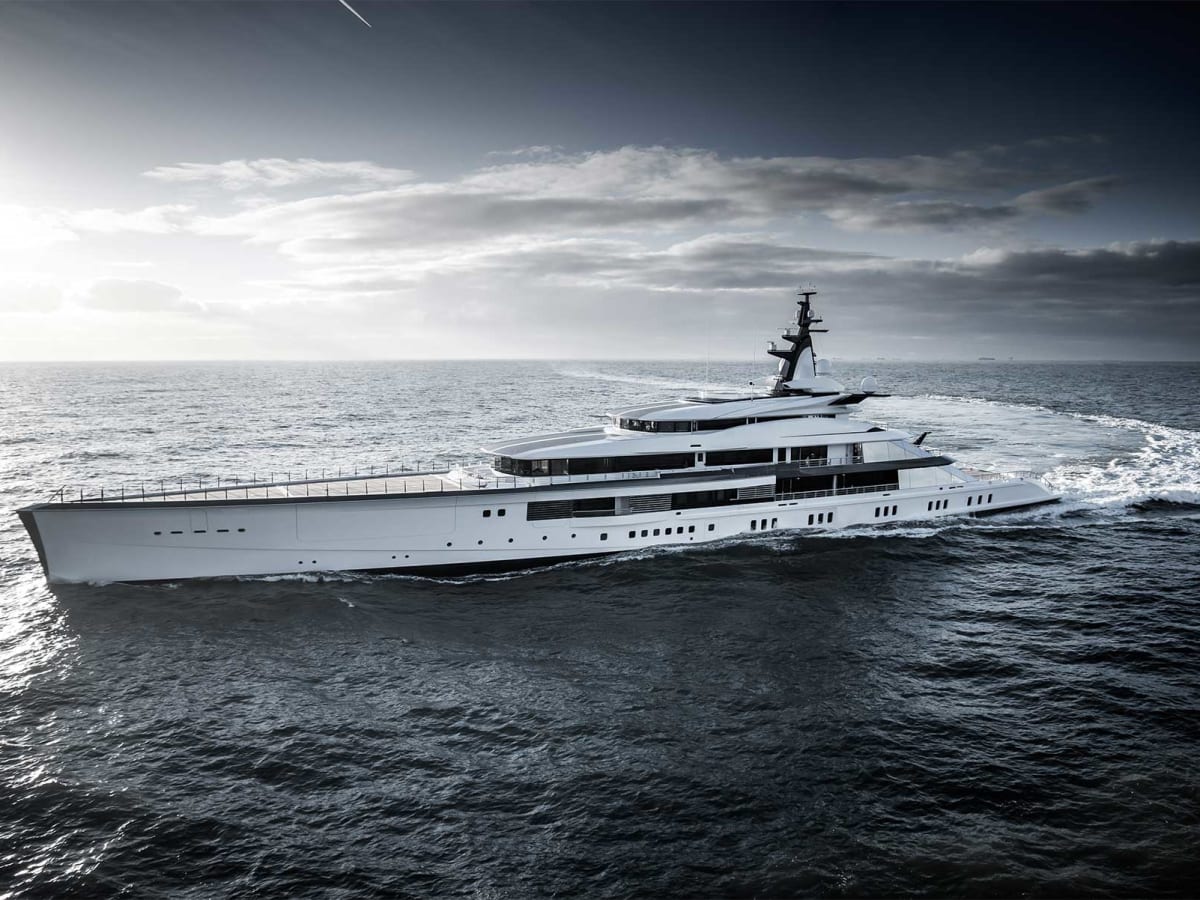
Managing Director of Lateral Naval Architects, James Roy, speaks to Samantha Welsh about innovation and sustainability in the yachting industry
LUX: What made you embark on your career as a naval architect?
James Roy: I grew up in a sailing family, and the sea must have gotten under my skin at an incredibly early age. I remember, aged five, seeing a ship sail past and drawing it; with the clear intent of doing that for a living when I was older. However, the path to success is rarely a straight line, but after some twists and turns I arrived at Southampton Institute in 1992 to study Yacht & Powercraft Design. Having never excelled academically at school I suddenly found myself with a fresh drive and ambition that I had never experienced and graduated top of my year, such is the power of having meaning and passion in one’s work.
LUX: Why did Lateral come about and how do you manage your collaborations?
JR: Lateral is the result of 26 years development. Ultimately, the company is an evolution of the first business that I joined in 1996 (Nigel Gee & Associates). Via evolution of that company, mixed with some acquisition and collaboration, Lateral was brought to life. Reflecting on that path, it has been innovation within an evolving industry that has been a key part of navigating the many possible outcomes that could have come to pass. Whilst the road ahead may be beset with uncertainty it is innovation that often acts as a compass to set direction. When it comes to collaboration, Lateral takes an ‘open-source’ approach. We want to remove any barriers for creativity. Our ethos is that engineering can enable design innovation, and we intend to make that a reality with every project.
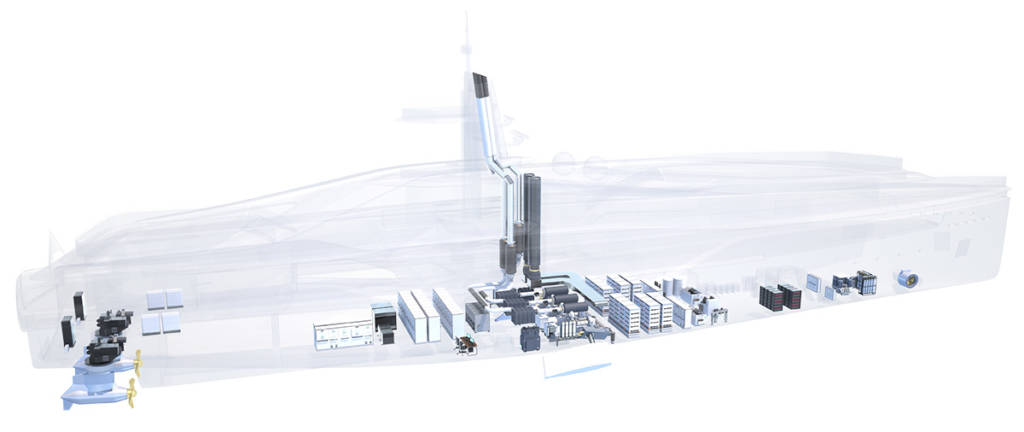
LUX: Engineering or architecture, which comes first?
JR: This is a good question, and much like quantum mechanics, both answers can be right and wrong at the same time! There are some projects where the performance specification may be highly demanding, and in such cases an engineering approach may be best suited at the start, and there may be other projects where the functional specification may be leading, in which case architecture takes an initial lead. The reality is that in most projects there is a requirement for both performance and function in some balance. This dictates collaboration from the outset being a key ingredient. Ultimately, collaborating all comes down to people.
Follow LUX on Instagram: luxthemagazine
LUX: What is meaningful innovation to you?
JR: Innovation is often confused with invention. To innovate does not mean inventing new things, it means finding solutions to things that did not exist before. Many innovative solutions use existing technologies, but package them in a unique way to solve a particular problem. What I find fascinating is that innovation often leads to improvements to ‘problems’ that no one was aware of, by doing so they improve our lives and experiences. These innovations becoming truly meaningful. To find such innovations is often the result of curiosity; playing with ideas in stolen moments, weaved together by thoughts from diverse projects, often finding something by chance. As Einstein said, ‘creativity is the residue of wasted time.’
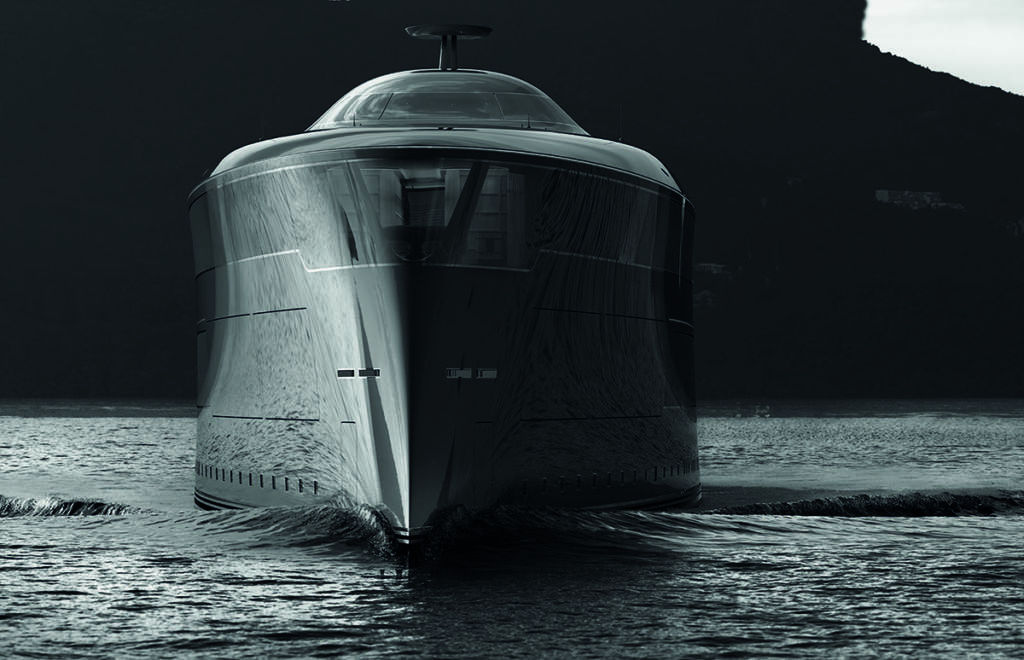
Sinot Yacht Architecture & Design, Lateral-Sinot net-zero concept collaboration
LUX: How do you design-in a net zero target?
JR: Net-zero is a straightforward idea but complex in execution. Designing for net-zero is quite simple, we are doing that already by engineering flexible architecture into new superyacht platforms, however they can only achieve net-zero in operation via accountancy. The use of various alternative fuels will still lead to the emission of carbon, for these to be net-zero there must be an accountancy that the carbon emitted has been captured somewhere else. Net-zero is therefore an eco-system spanning many industries, regions, and nations.
LUX: Are superyachts following the motor industry in adopting electrification as a viable alternative to fossil fuel?
JR: Yes, electrification is being embraced but in a different context. Whilst cars are mainly going full electric, yachts are remaining the equivalent of an electric hybrid. This is simply down to the scale of energy needed for a yacht to operate, and the limited storage capacity of batteries. Designs such as Kairos from Oceanco / Pininfarina / Lateral are pushing the boundary and achieving 75% of daily operation on battery. However, we can be sure that battery technology will advance and it is a core part of our future proofing strategy to make batteries part of our energy and propulsion system architecture choices.
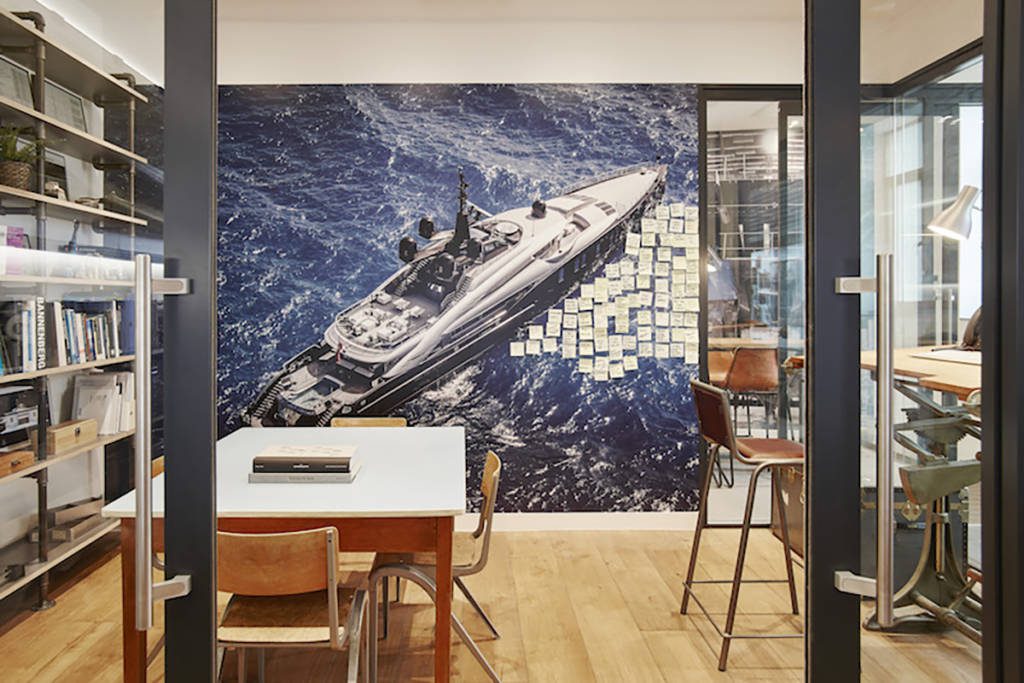
LUX: We read about alternatives like liquid hydrogen-based systems, will these become industry-standard in the future?
JR: There are many alternative fuels being explored by the marine industry (and other industries) in the move to decarbonisation and net-zero. Some of these fuels, such as bio diesel, are a simple ‘drop-in’ equivalent for the diesel we already use. Other fuels, such as methanol and liquid hydrogen can make compelling options for future net-zero fuels. However, all of these require more space on board as they have a lower energy density than current fossil fuels. In the future there will be no singular solution, there may be many different future fuels in use. We can be certain that this will be a (welcome) challenge to designers and engineers; we will need to become even more efficient in energy use (so we require less fuel as it uses more volume) and we will also need to offer at least equivalent levels of functionality but in a smaller package. This is the creative challenge we will face in the future; such challenges drive us to innovate.
Read more:Driving Force: Porsche Panamera 4S E-Hybrid
LUX: What do you tell your next gen clients when they are spoiled for choice?
JR: We live in an age of so much choice that it often becomes an enemy to decision making. When I was growing up, we had three TV channels, now we have hundreds but choosing which one to watch is surprisingly quite hard at times! It is a key skill of any leader to be able to guide their clients through the complexities of choice. There are some choices that are complex, technical, rational, and others which are very emotive and personal. Equally there are a multitude that fall in the grey area in between, and guiding clients in these choices without making them feel like they are taking unmanaged risks is key.
Find out more: lateral.engineering

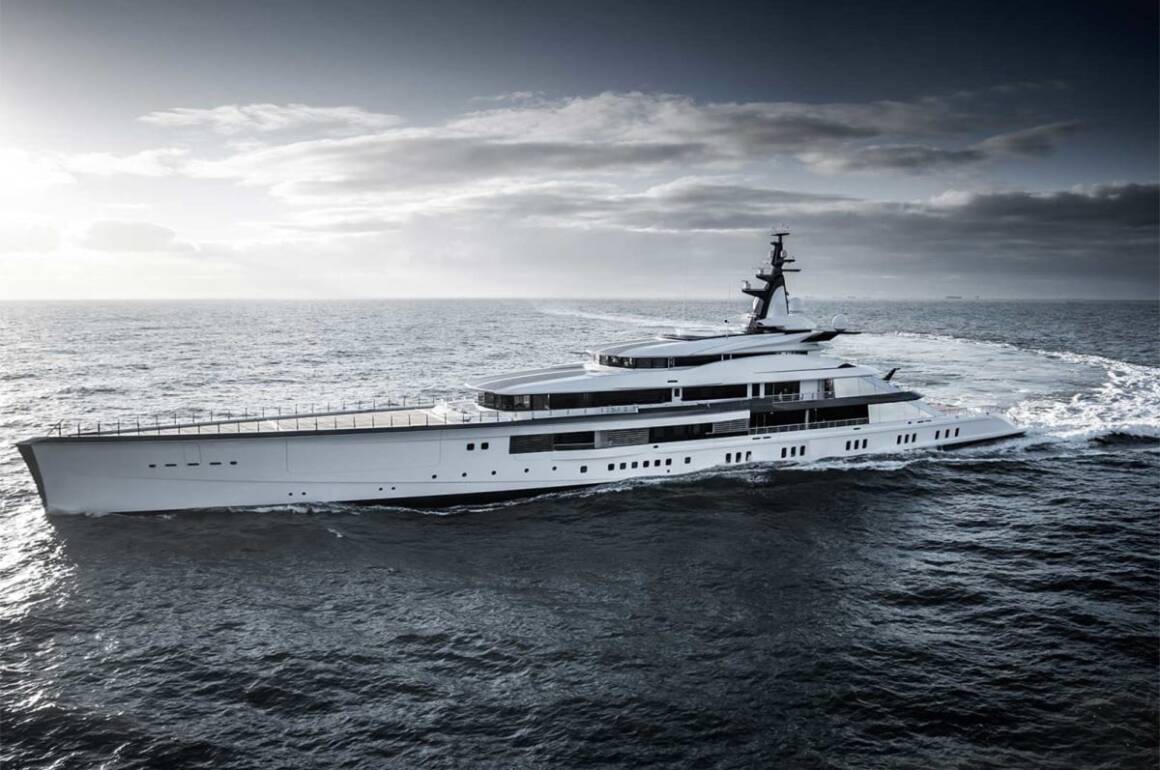
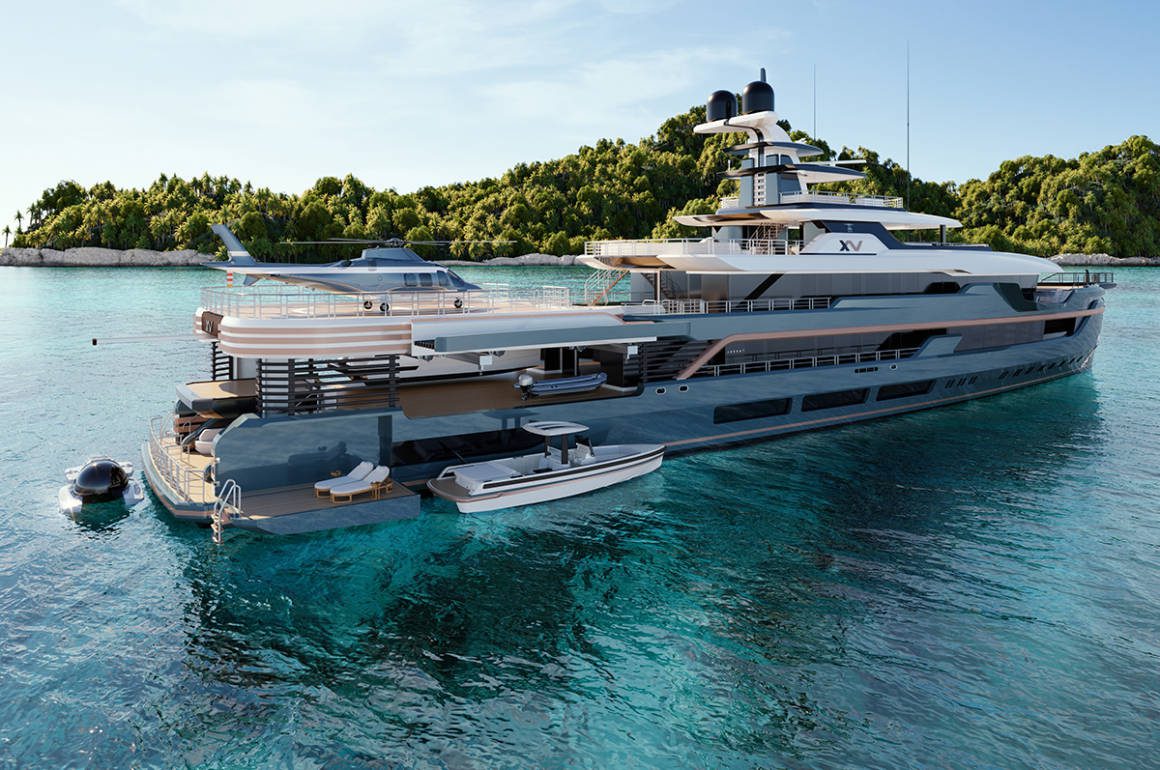
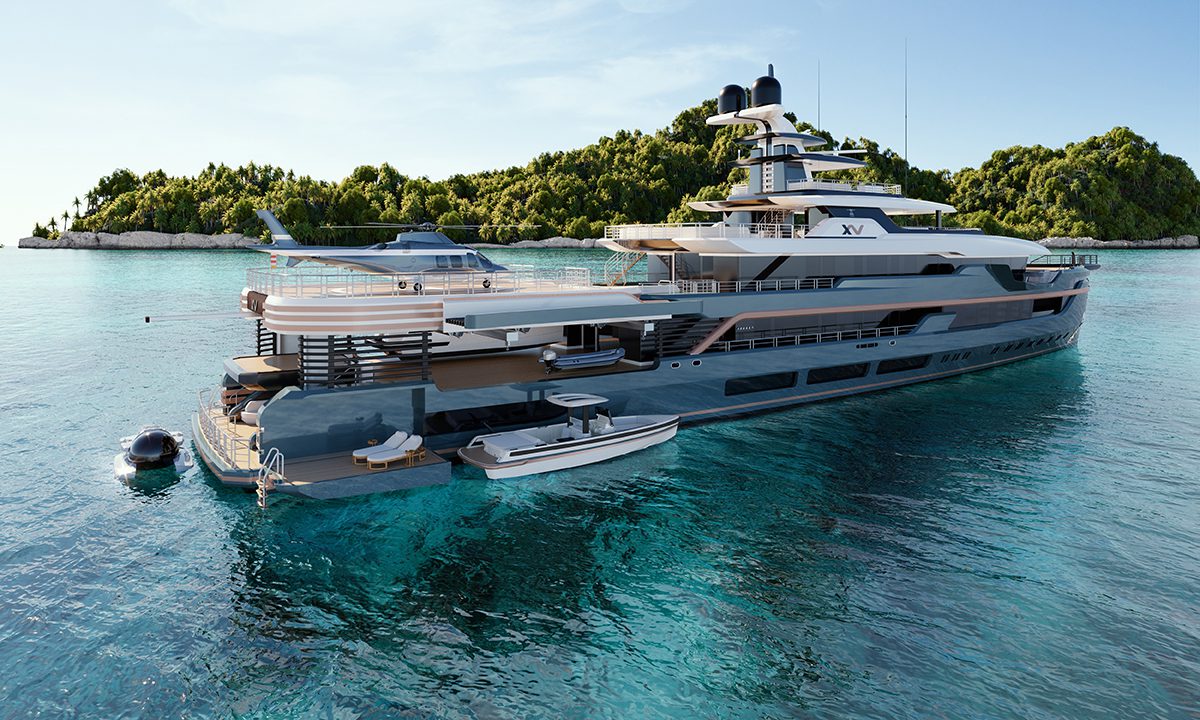 Aino Grapin is CEO of Winch Design, an international design studio for luxury planes, homes and most famously, yachts. Here, Grapin speaks to Samantha Welsh about the increased focus on sustainability in yacht design and the special requests of next generation yacht owners
Aino Grapin is CEO of Winch Design, an international design studio for luxury planes, homes and most famously, yachts. Here, Grapin speaks to Samantha Welsh about the increased focus on sustainability in yacht design and the special requests of next generation yacht owners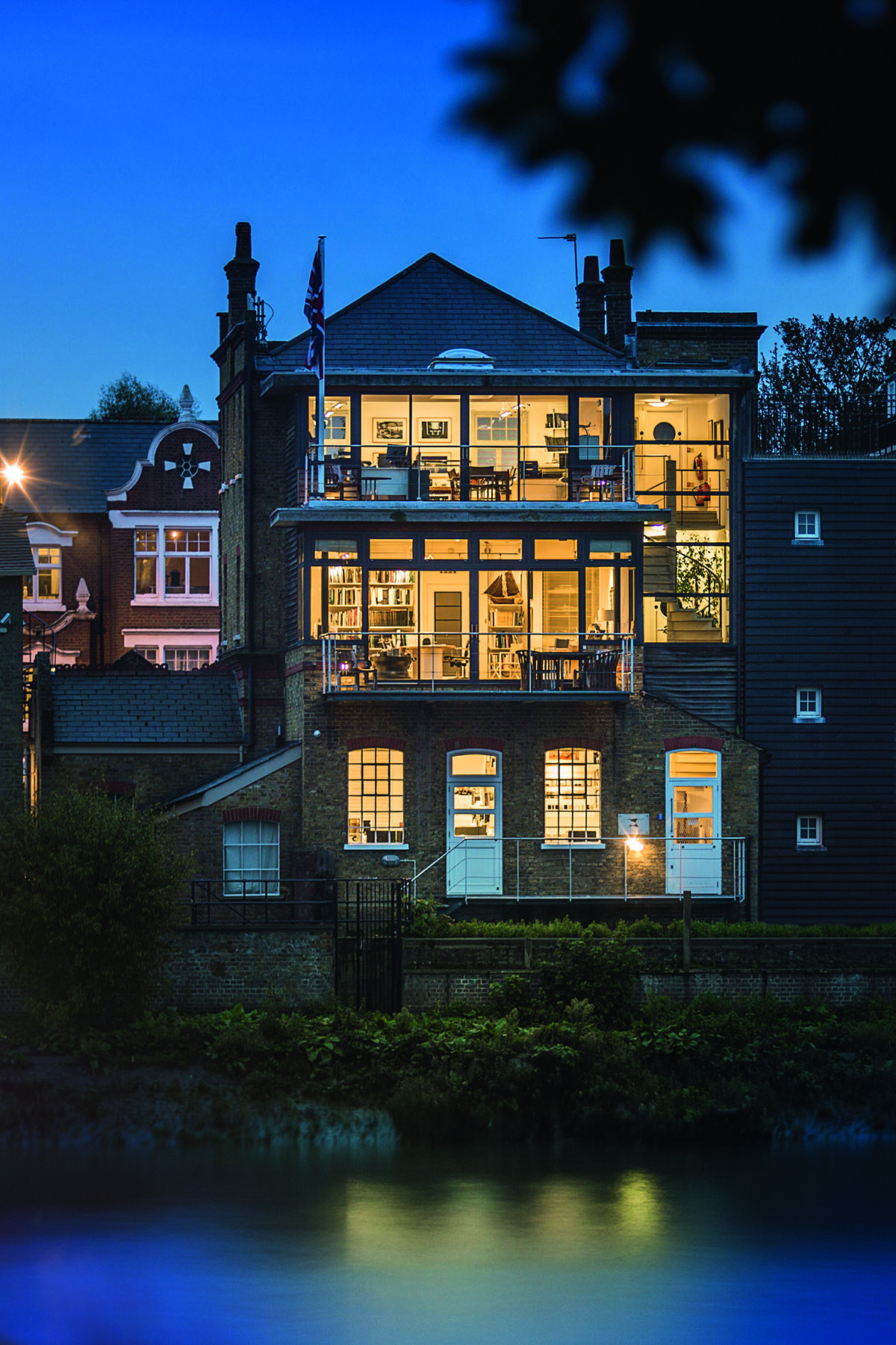
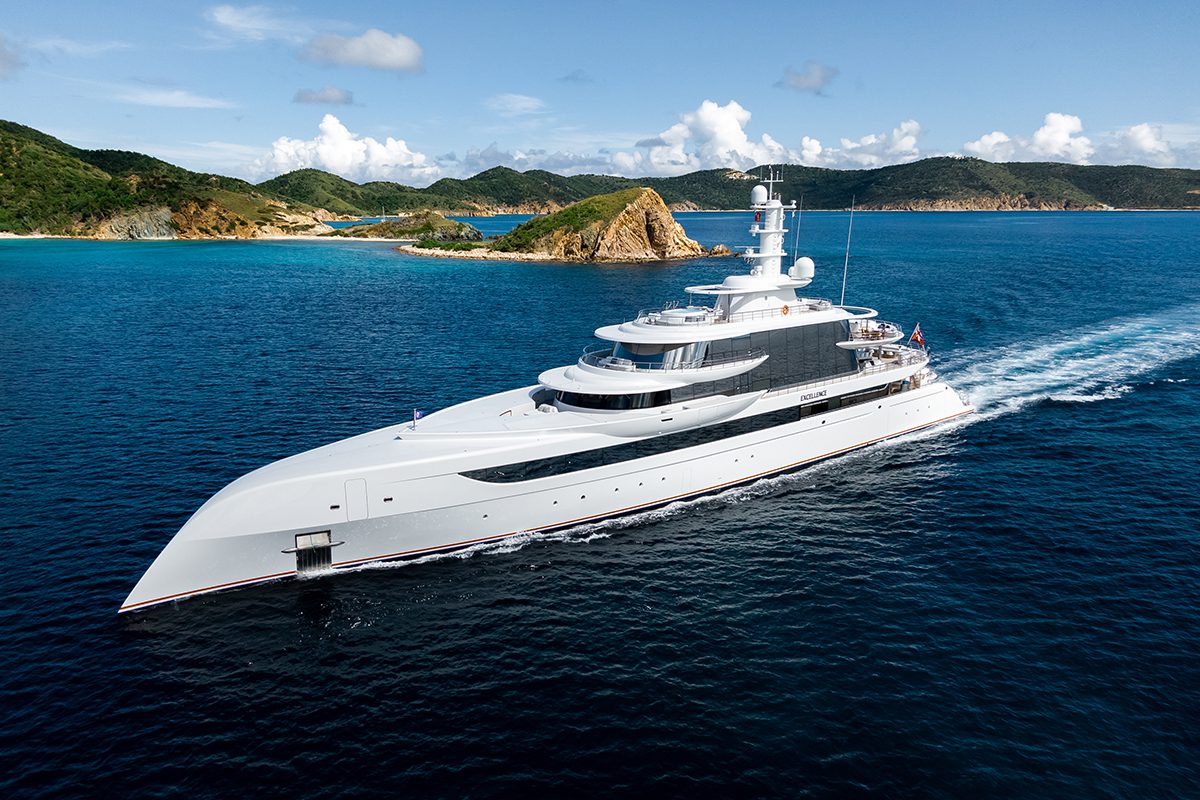
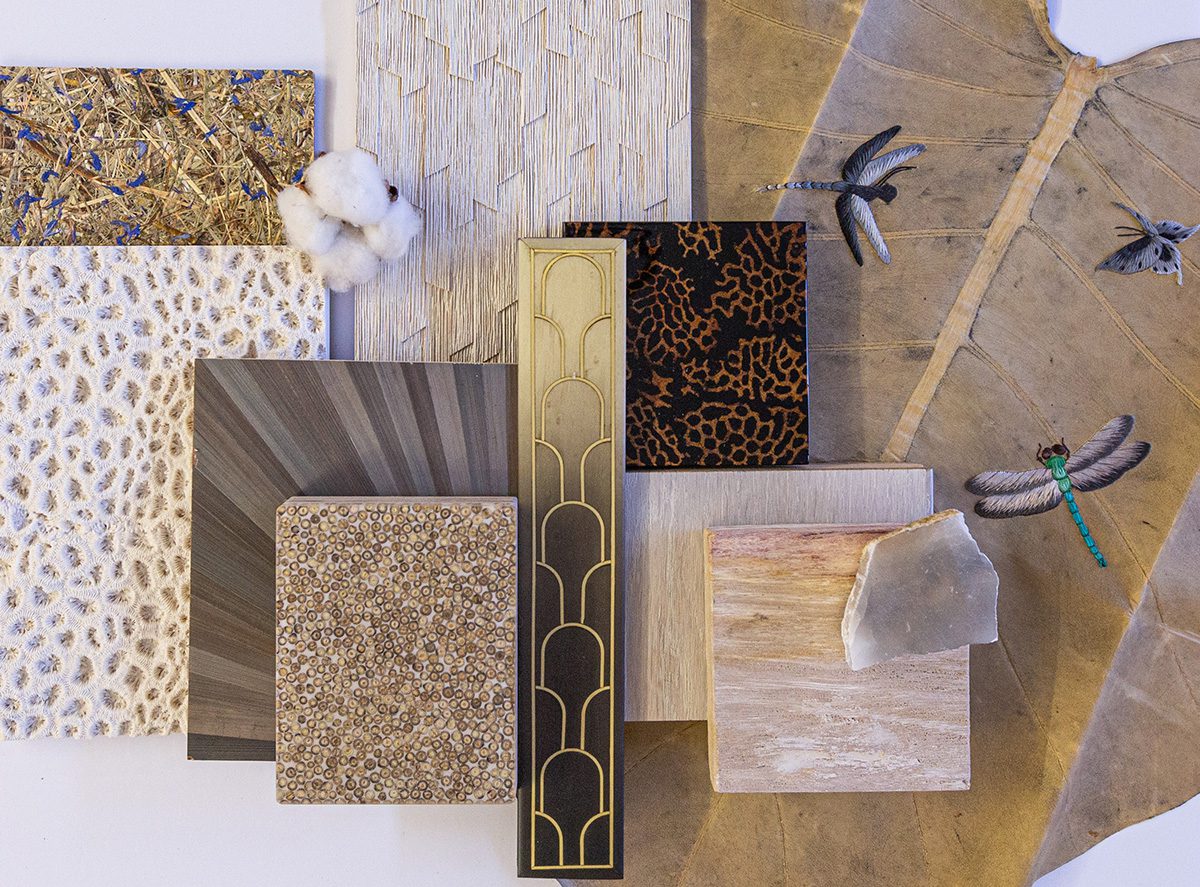
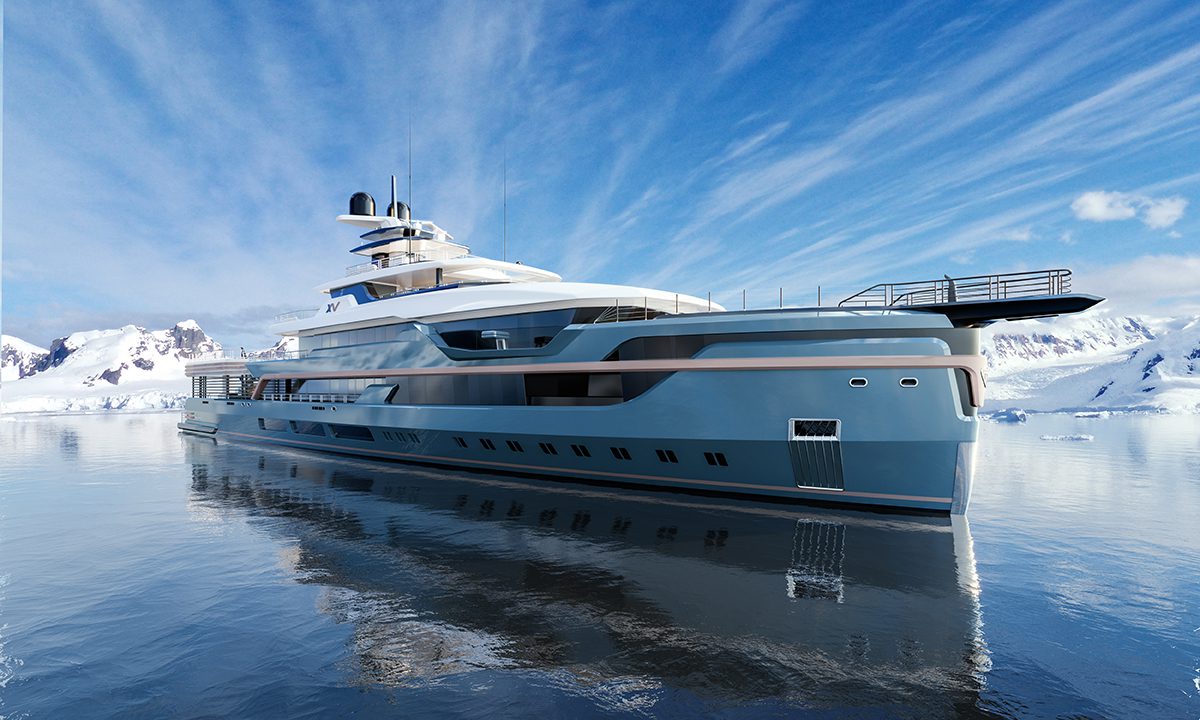
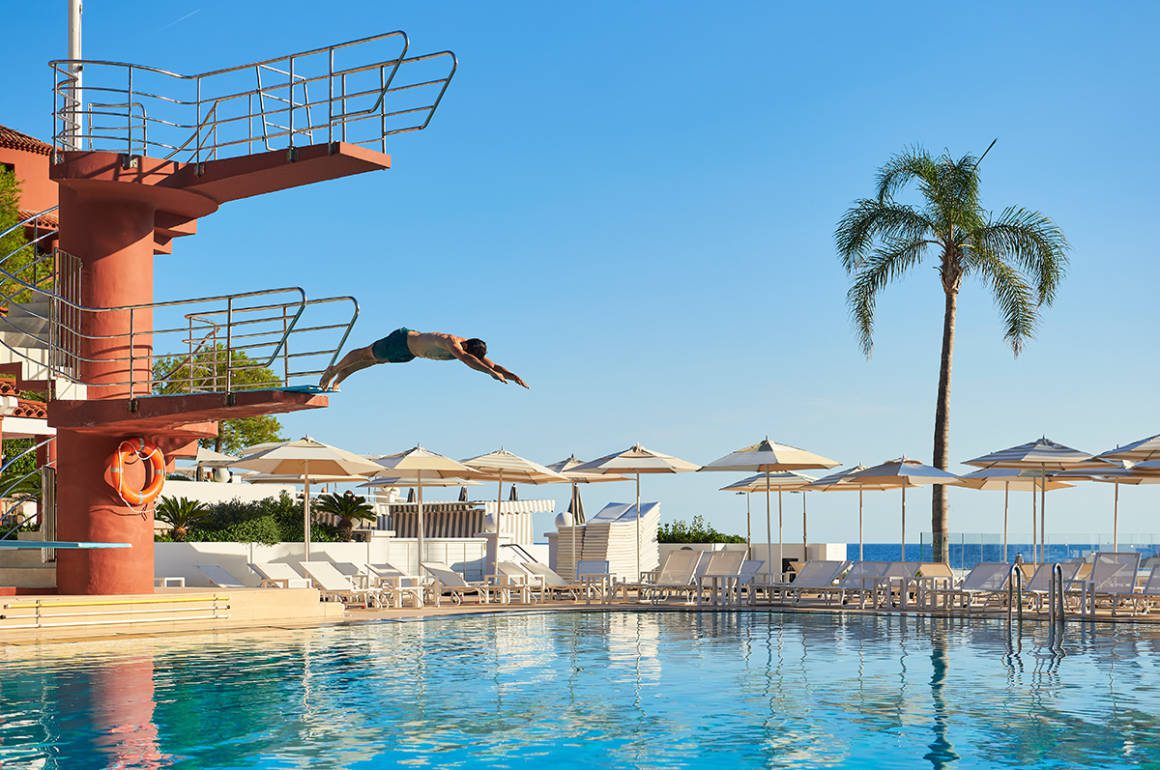
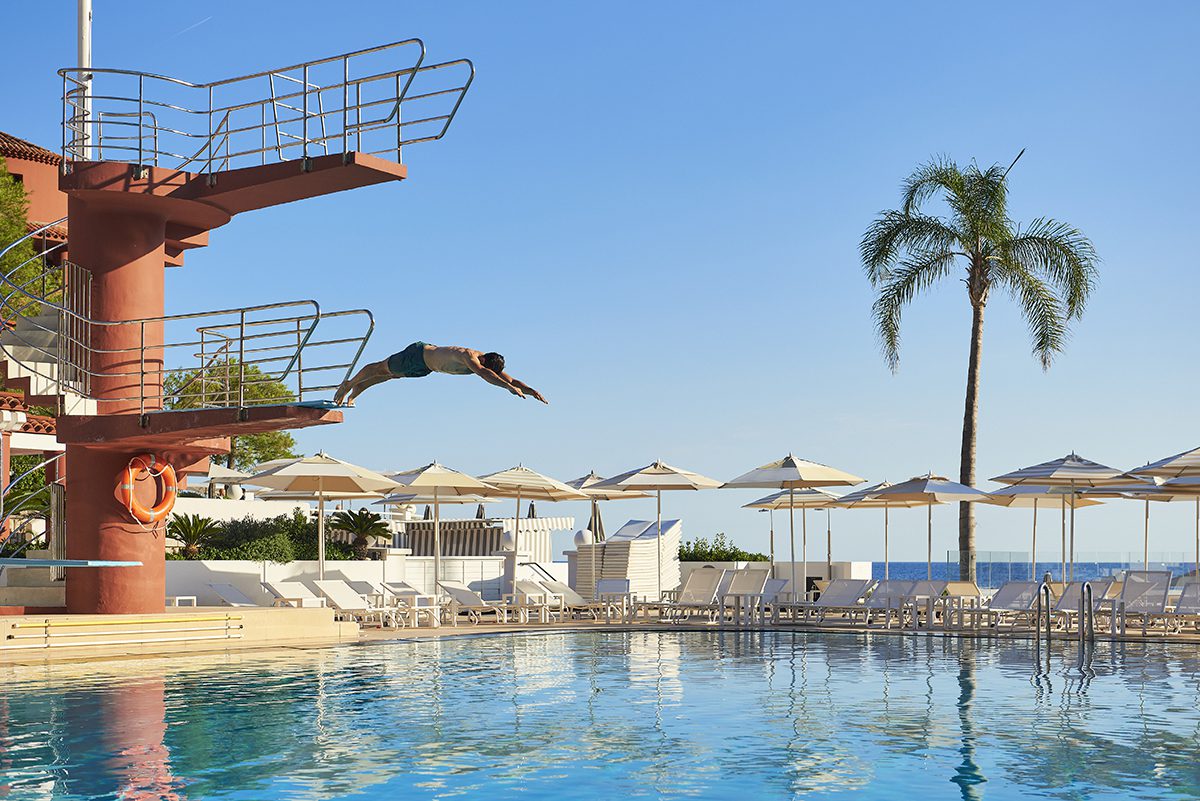
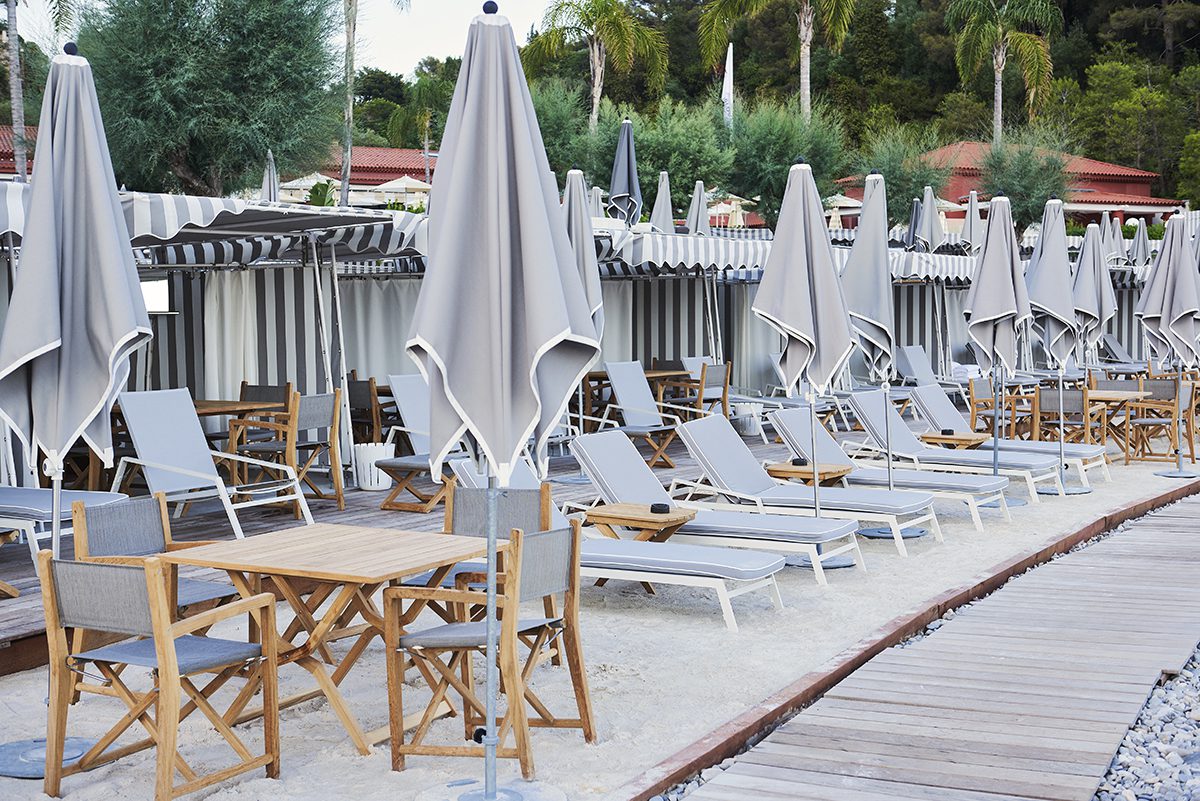
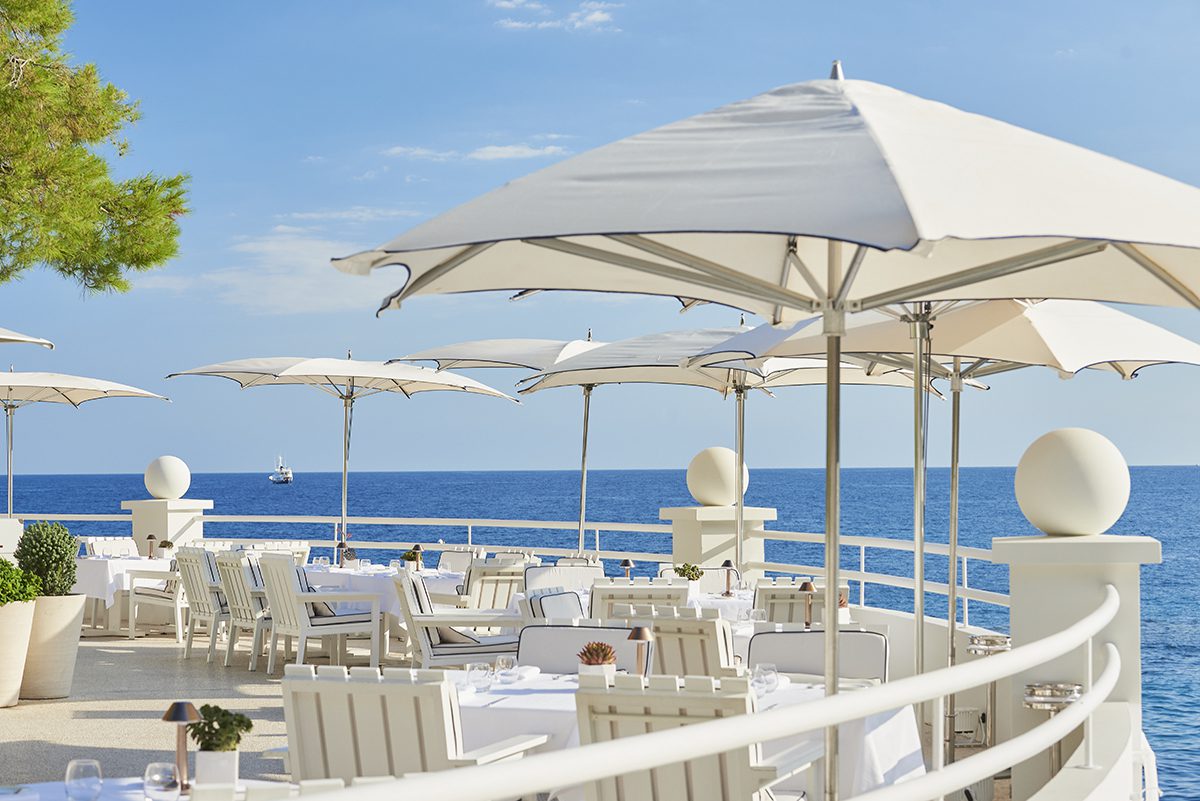
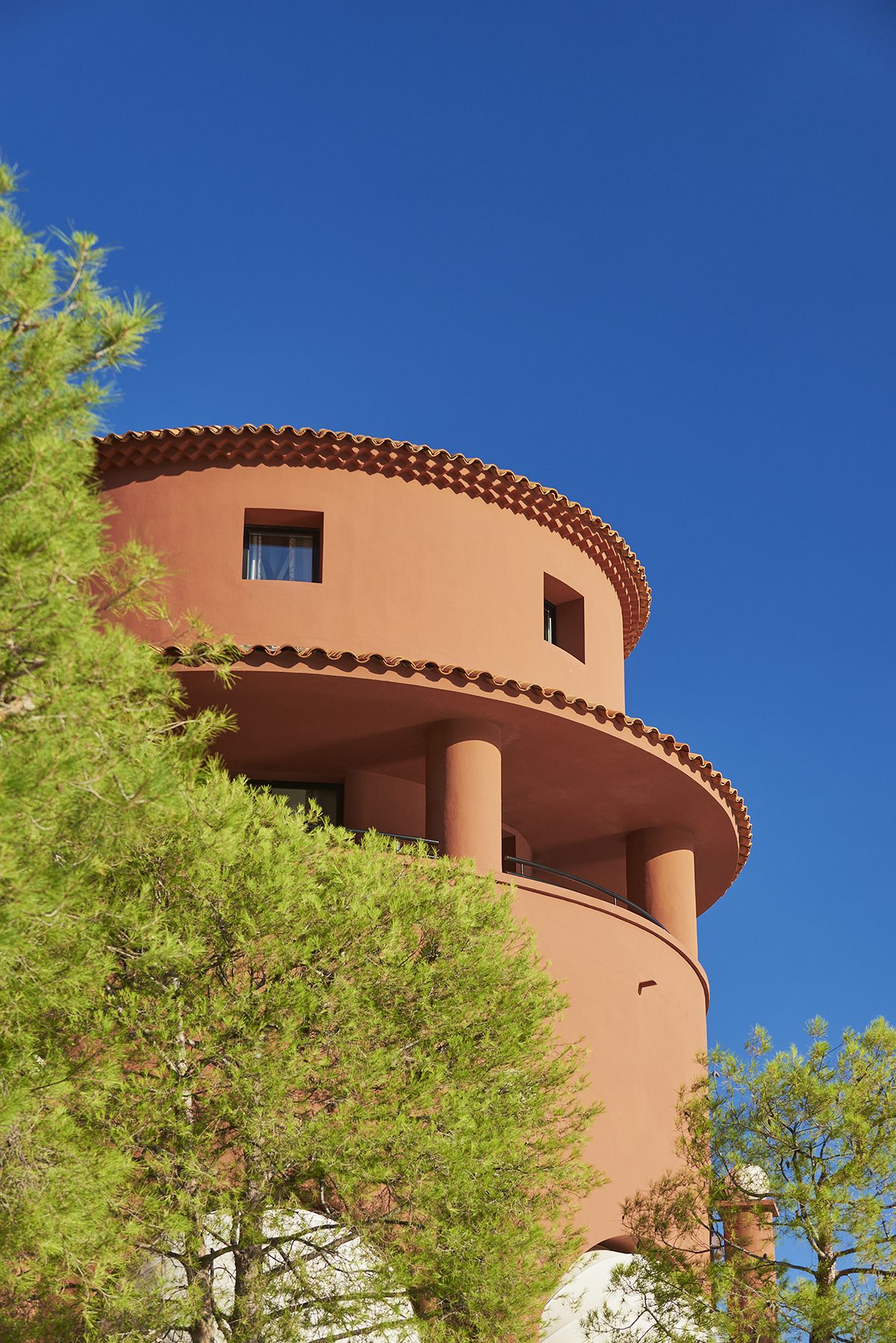
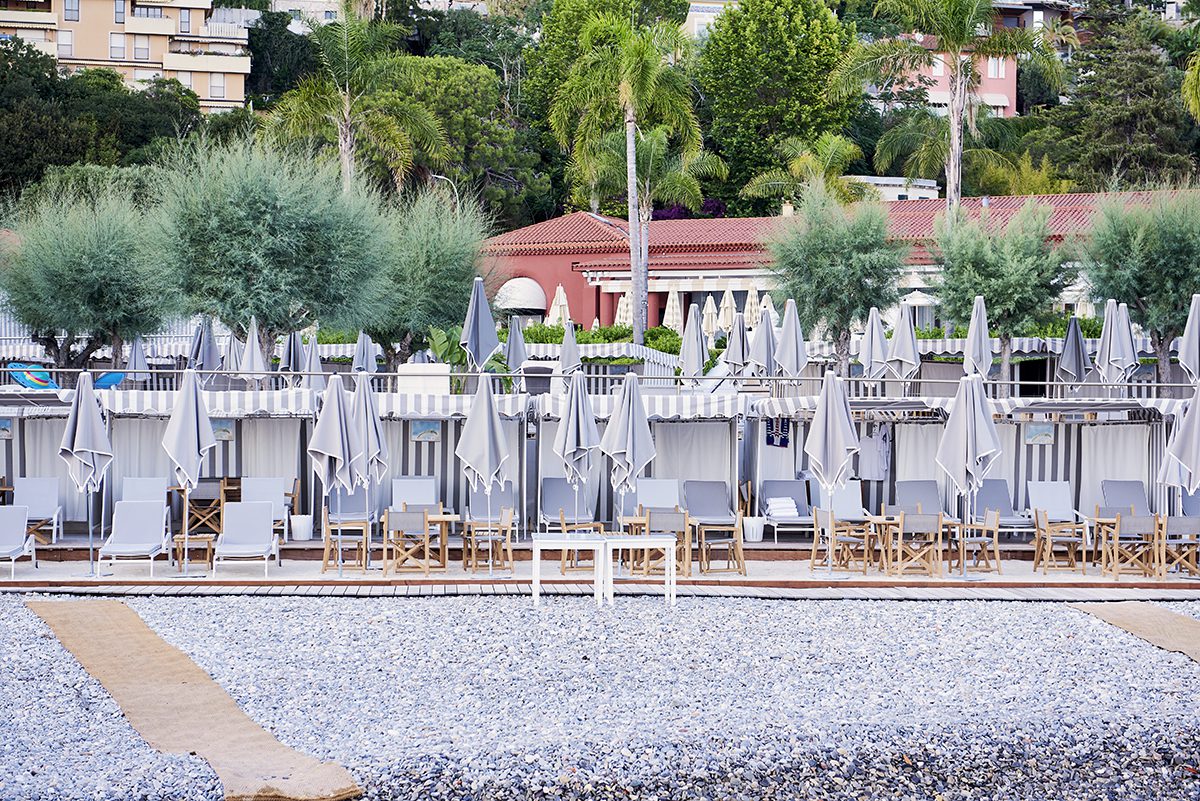
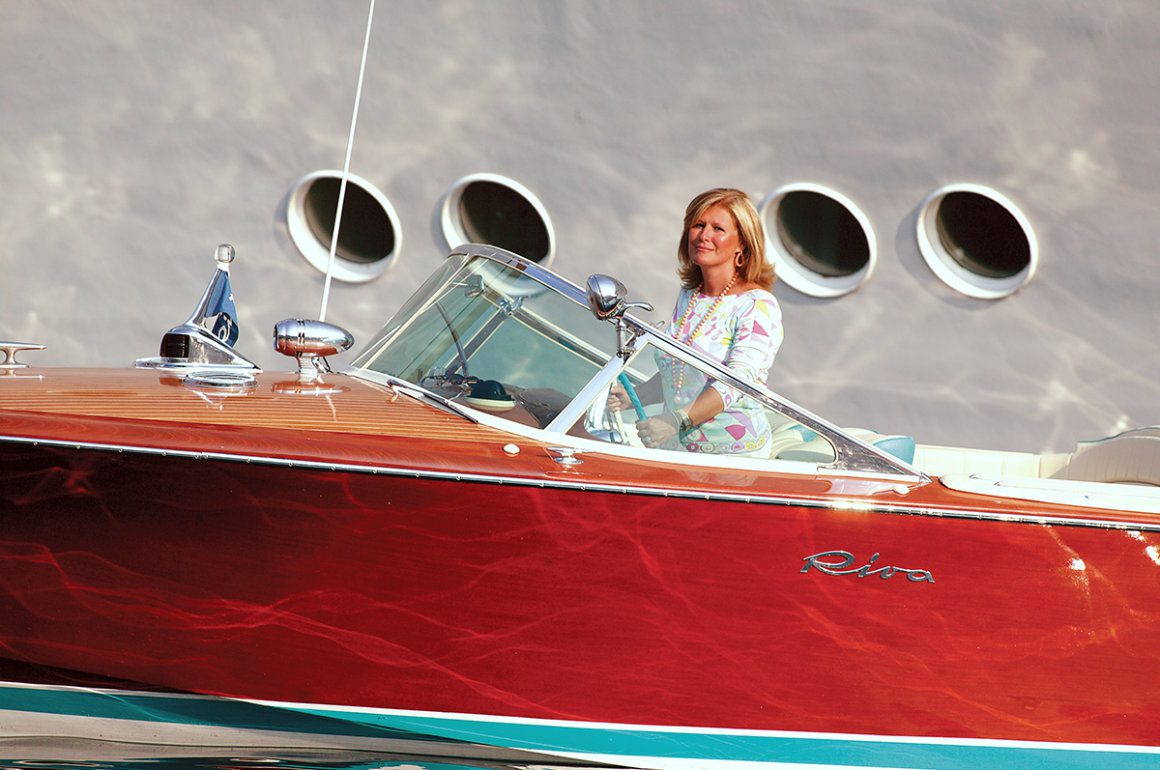
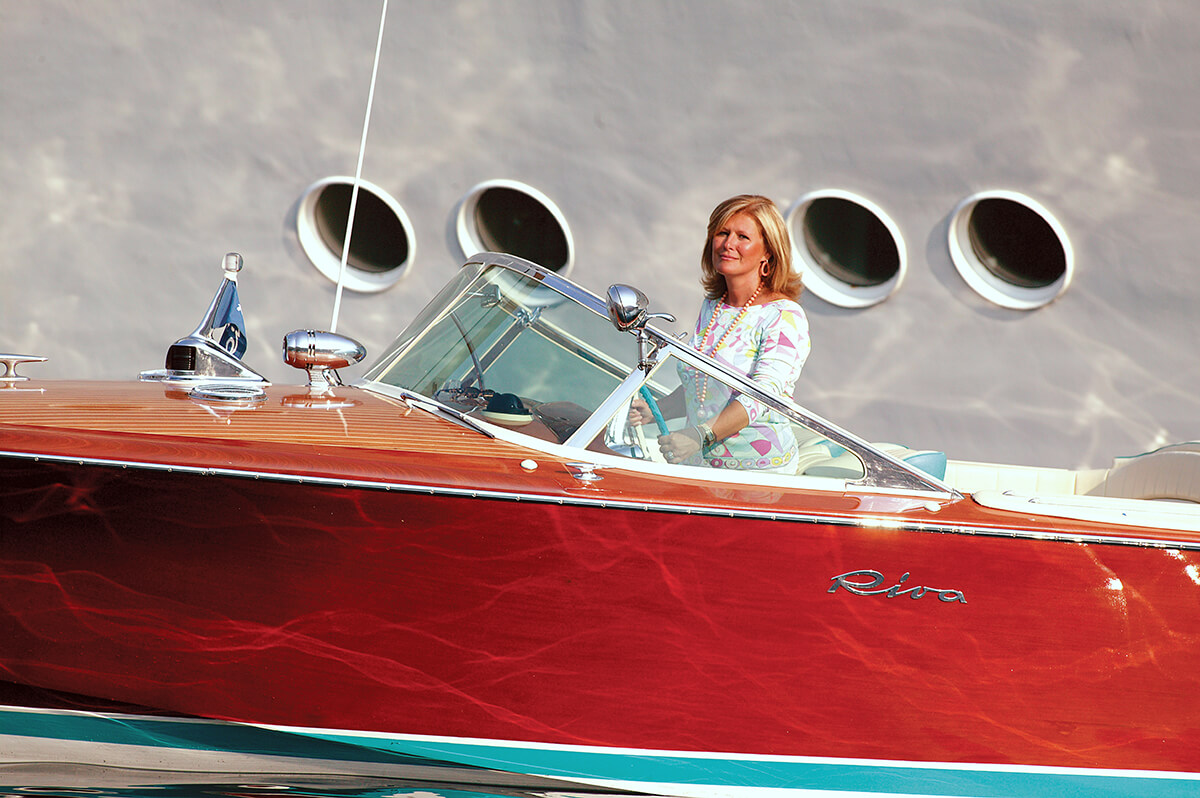

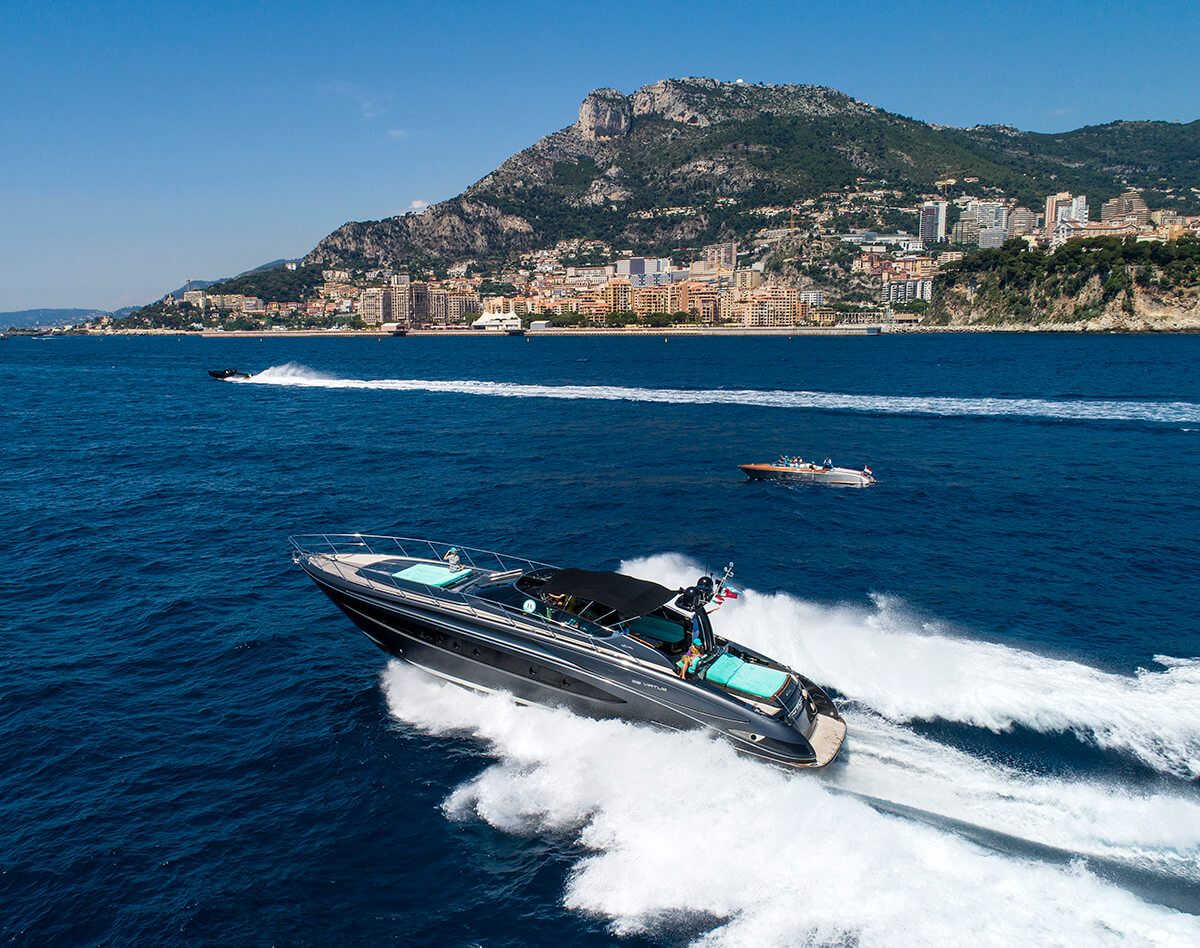

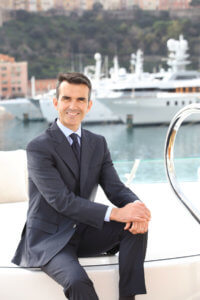
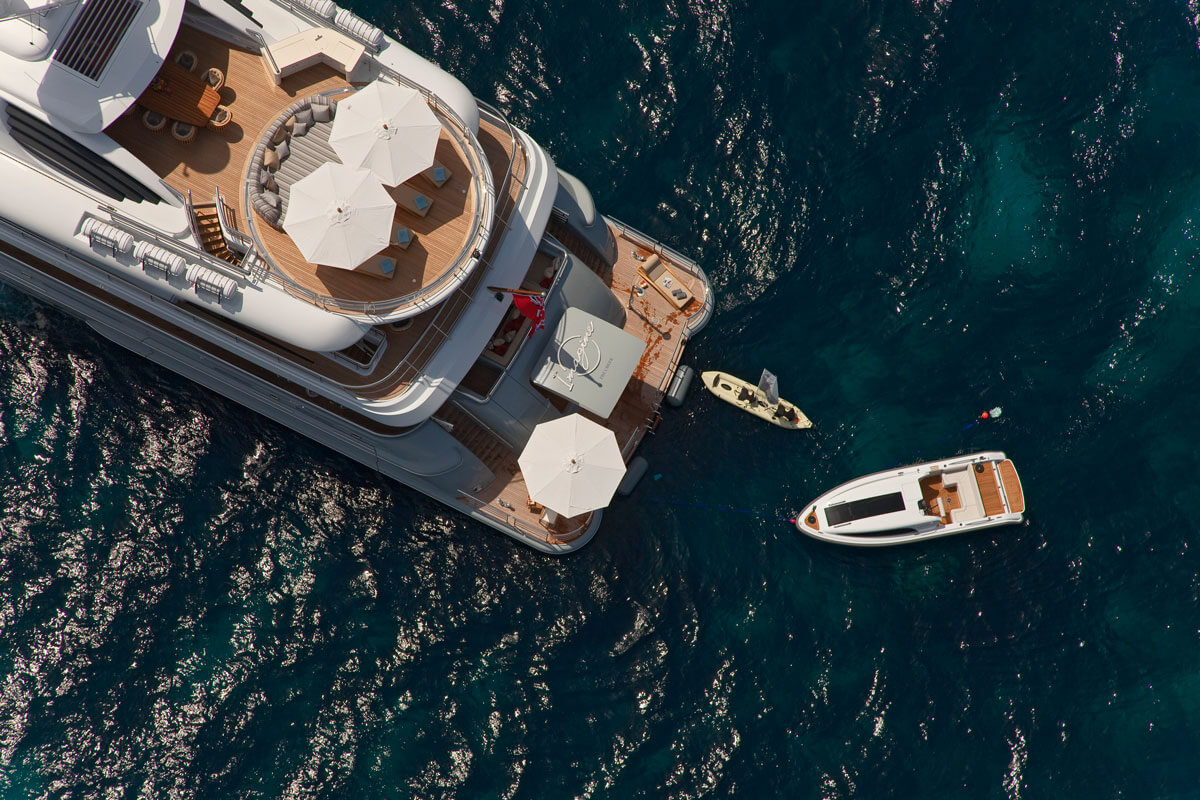
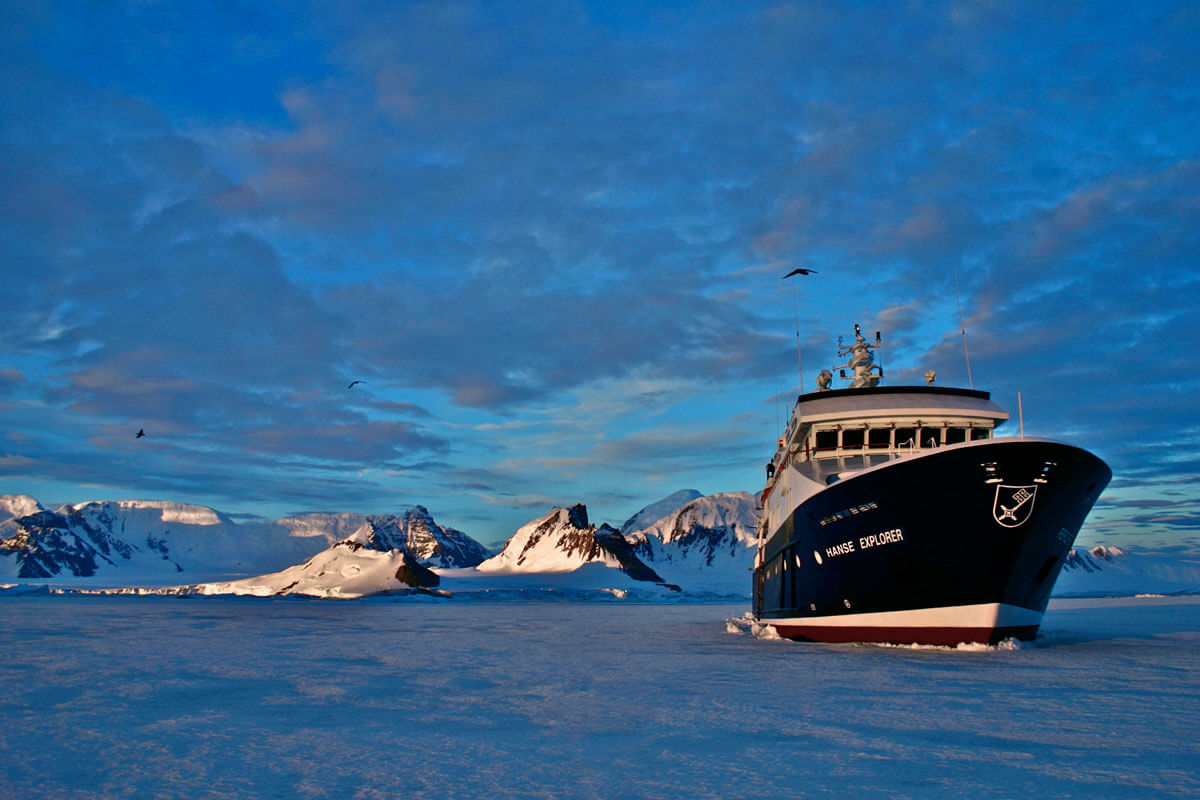
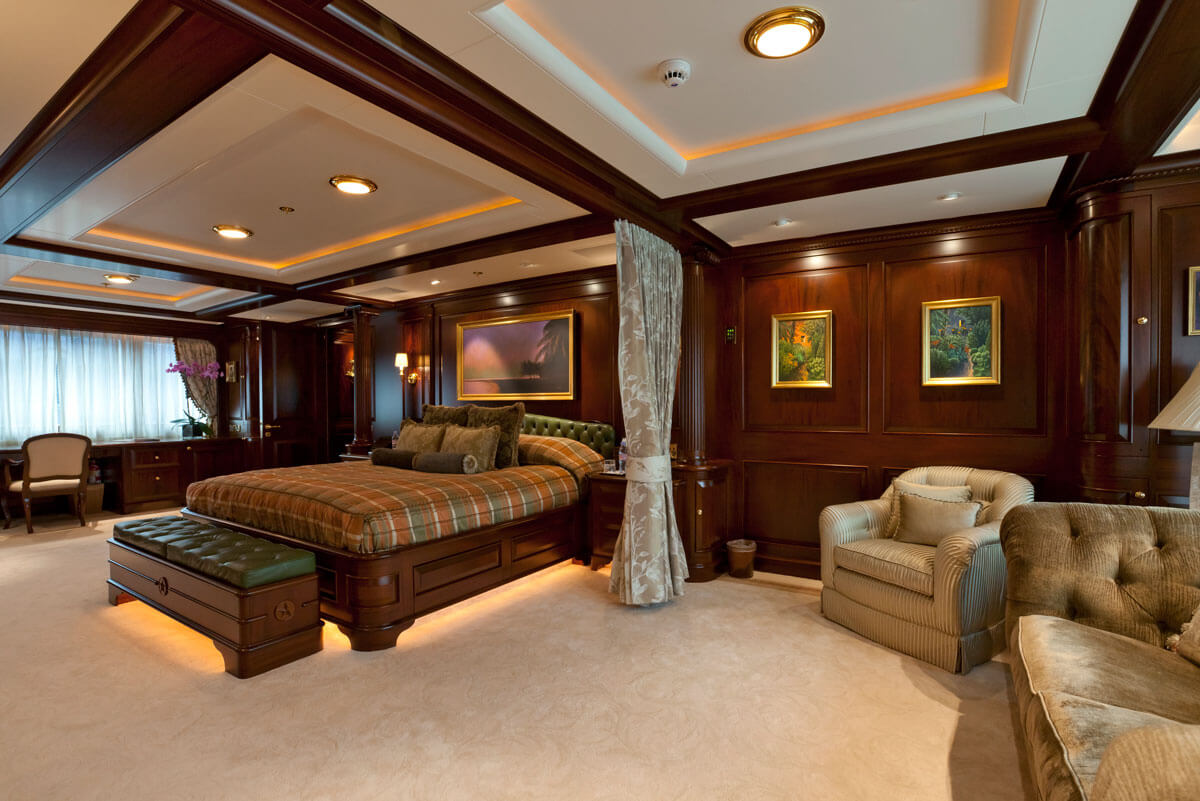
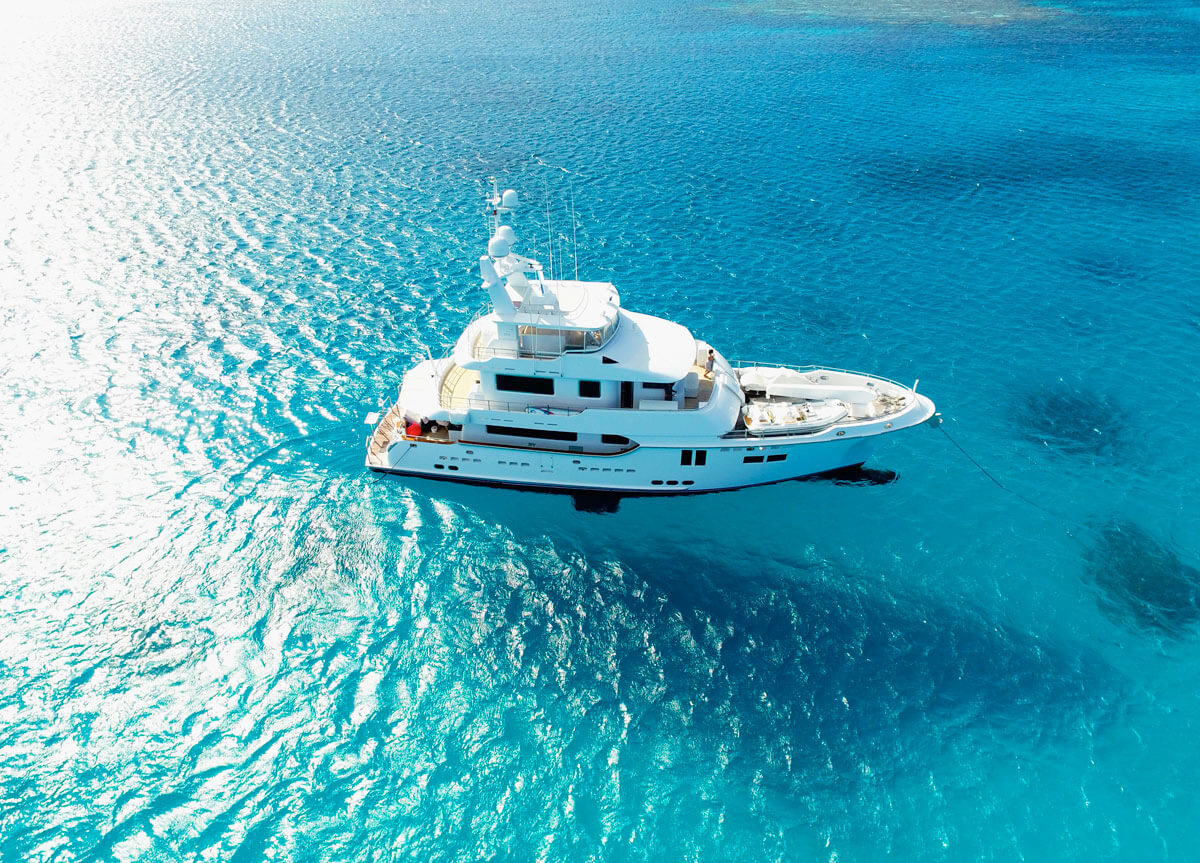
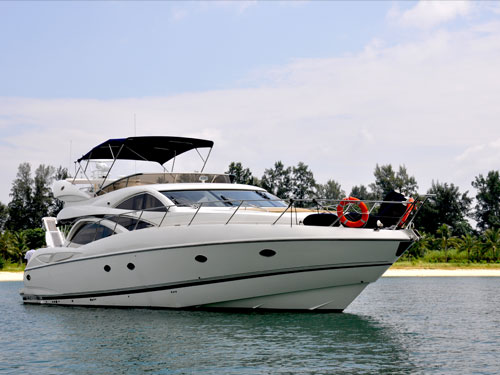








Recent Comments